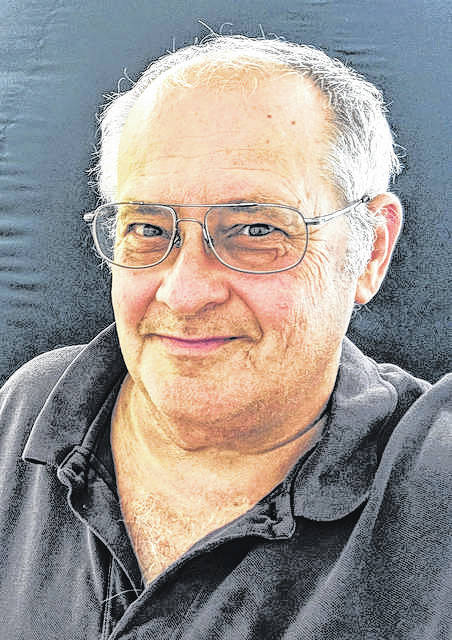The Geminid meteor shower is an annual meteor shower that is extremely regular in its timing and can potentially be visible for days in the late-autumn sky, depending on weather and location.
The Geminid meteor shower is named after the constellation, Gemini, which is located in roughly the same point of the night sky where the Geminid meteor shower appears to originate from. In late autumn or early winter, that means viewing the spectacular light show with eyes pointed straight up in the night sky.
Geminids are pieces of debris from 3200 Phaethon, basically a rocky skeleton of a comet, or an asteroid, that lost most of its outer covering of ice after too many close encounters with the sun. Each December, Earth passes through the debris cloud left by the comet as sand-sized specks enter the earth’s atmosphere, producing a spectacular show of “falling stars.”
When and where to look for Geminids 2019?
The peak nights of the 2019 Geminid meteor shower are expected to be Friday night until dawn on Saturday; and Saturday night until dawn on Sunday. Geminid meteors tend to be few and far between at early evening, but intensify in number as evening deepens into late night.
The full moon will provide some light problems, which will take out the dimmer meteors. Try to put the moon “behind” a tree or building to provide yourself better seeing. However, most Geminid meteors are bright!
Look straight up later in the early morning hours to watch for the brightest meteors speeding by at 140 meteors an hour in the final major meteor shower of the year.
This shower favors Earth’s Northern Hemisphere. In North America, Canada and U.S. East Coast residents will have the best viewing the Friday into the early hours on Saturday, but as Geminids are a “long tail” event, expect additional views growing less spectacular several days or nights before and after the peak. While the Geminids have been comparatively a non-event in the last century, they have grown more spectacular in the recent past and this year is predicted to be no exception.
Ken Brandt is the director of the Robeson Inflatable Planetarium. The planetarium remains at the Robeson County Partnership for Children in downtown Lumberton, while awaiting a rebuild after the flooding caused by hurricanes Matthew and Florence. If you are interested in helping in the rebuilding effort, email Ken at Kenneth.brandt@robeson.k12.nc.us. For more information about the Robeson Planetarium and Science Center visit www.robeson.k12.nc.us/domain/47.



